More than 90% of the earth’s living species are aquatic and the ocean is now home to more than 2 million marine species in the world. Yet, it might be shocking to p out that only 9% of the ocean has been explored and analyzed by humans. Every year, scientists spend thousands of hours exploring it and discover hundreds of marine animals. These found animals are so incredible with such interesting characteristics and strange appearances. Today, let’s meet the lovely Dumbo Octopus, one of the deepest octopuses in the world.
 Source: ©1999 MBARI
Source: ©1999 MBARI
 Source: NOAA OFFICE OF OCEAN EXPLORATION AND RESEARCH
Source: NOAA OFFICE OF OCEAN EXPLORATION AND RESEARCH
 Source: NOAA OFFICE OF OCEAN EXPLORATION AND RESEARCH
Source: NOAA OFFICE OF OCEAN EXPLORATION AND RESEARCH
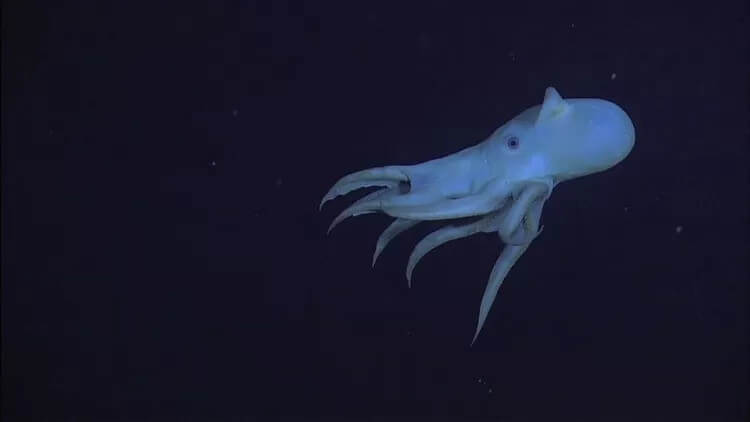 Source: NOAA OFFICE OF OCEAN EXPLORATION AND RESEARCH
Source: NOAA OFFICE OF OCEAN EXPLORATION AND RESEARCH
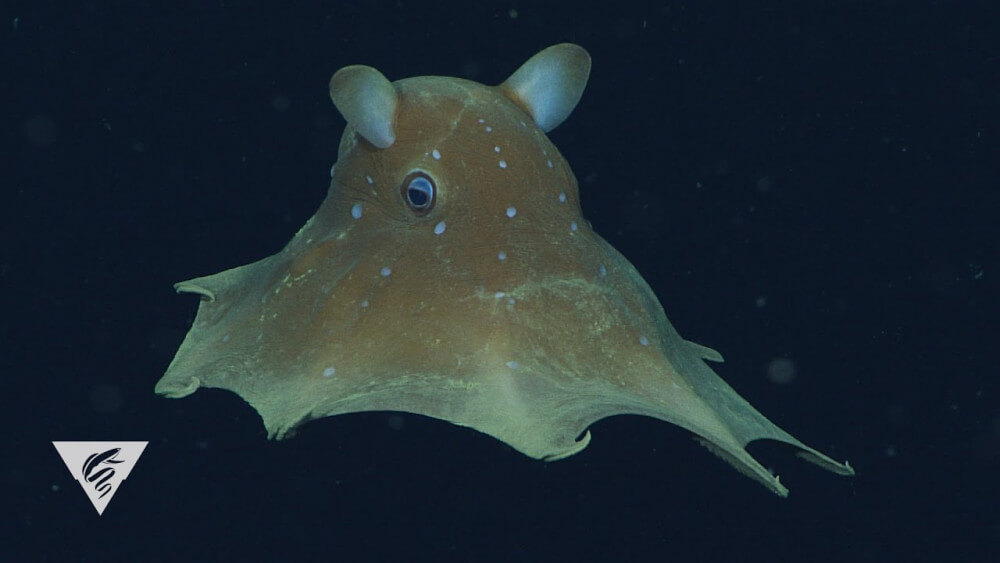 Source: ©1999 MBARI
Source: ©1999 MBARI
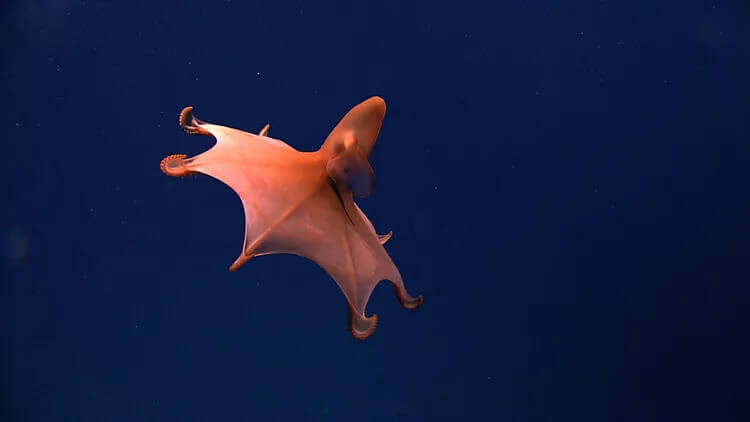 Source: NOAA OFFICE OF OCEAN EXPLORATION AND RESEARCH
Source: NOAA OFFICE OF OCEAN EXPLORATION AND RESEARCH
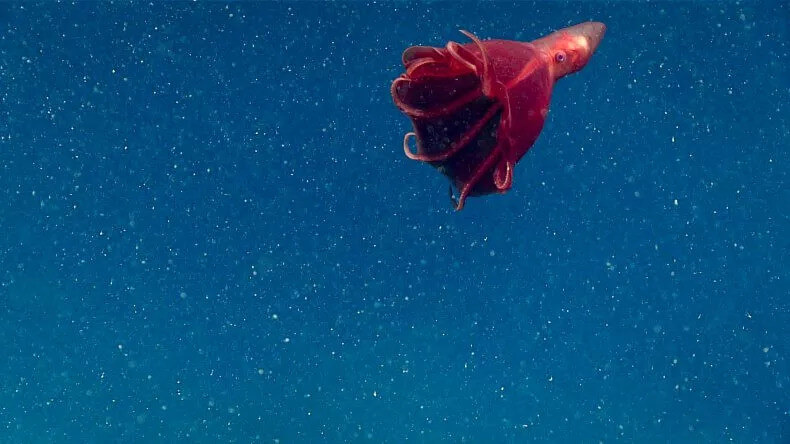 Source: NOAA OFFICE OF OCEAN EXPLORATION AND RESEARCH
Source: NOAA OFFICE OF OCEAN EXPLORATION AND RESEARCH
 Source: Nautilus Live
Source: Nautilus Live
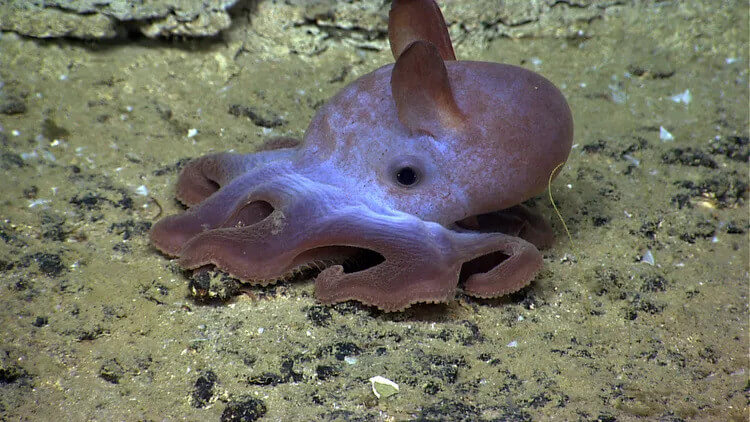 Source: NOAA OFFICE OF OCEAN EXPLORATION AND RESEARCH
Source: NOAA OFFICE OF OCEAN EXPLORATION AND RESEARCH
